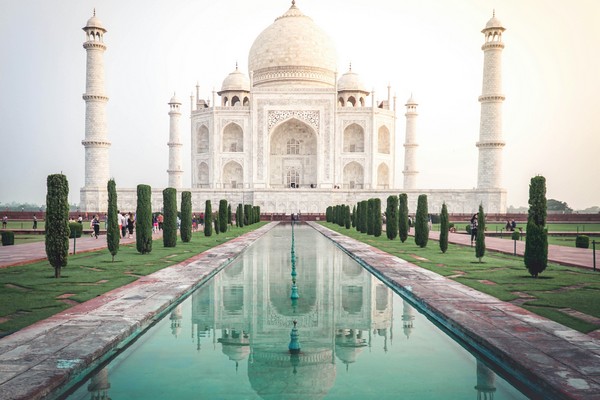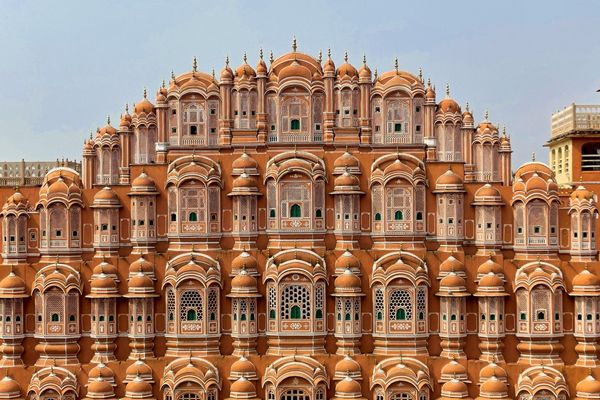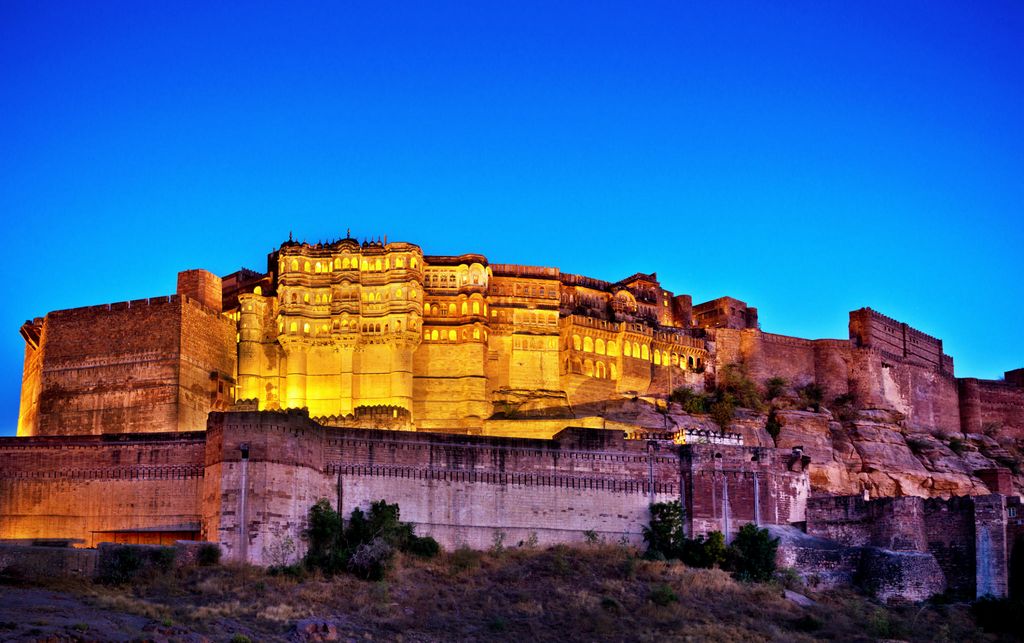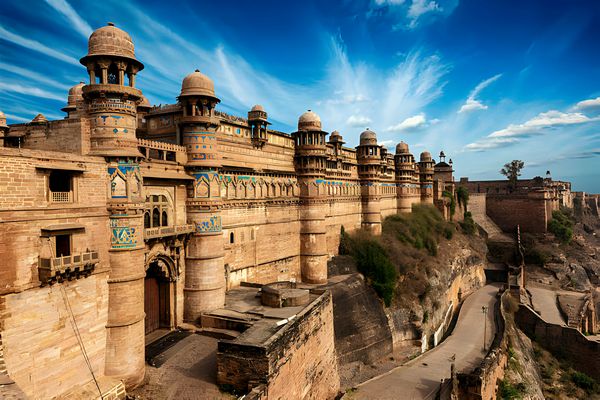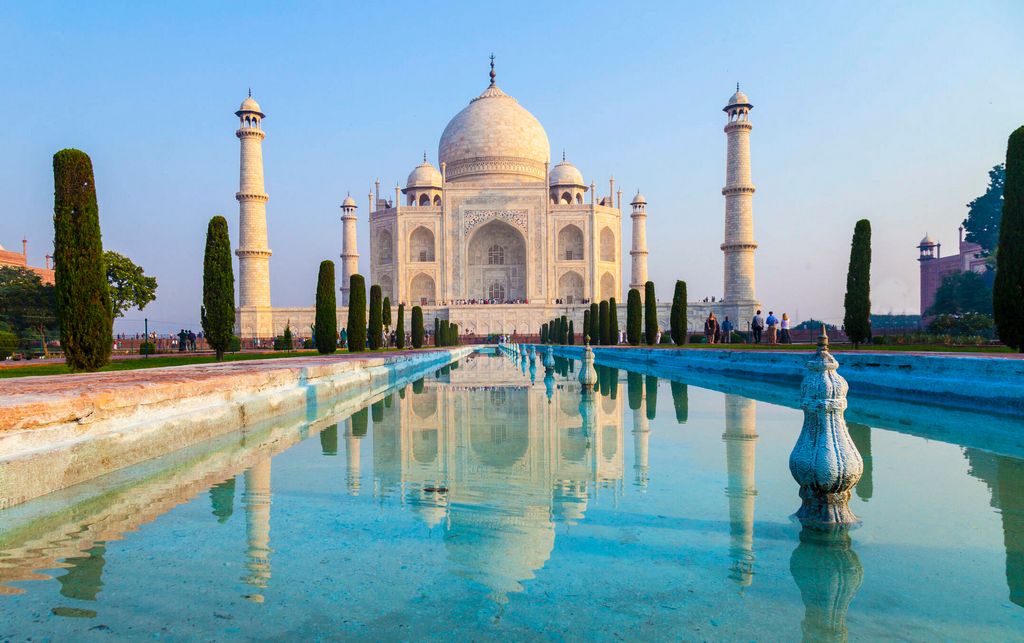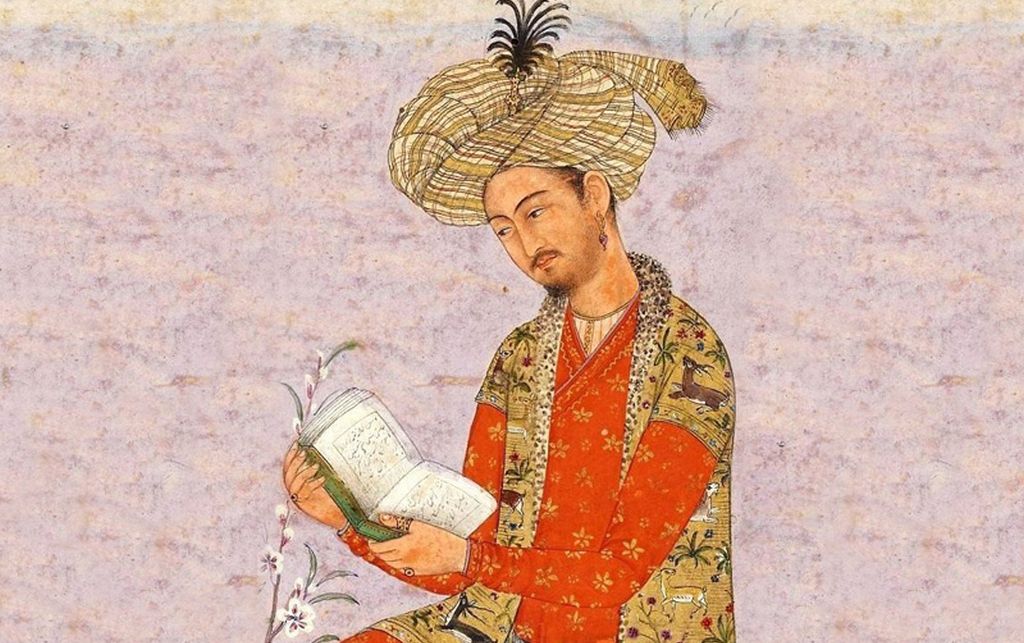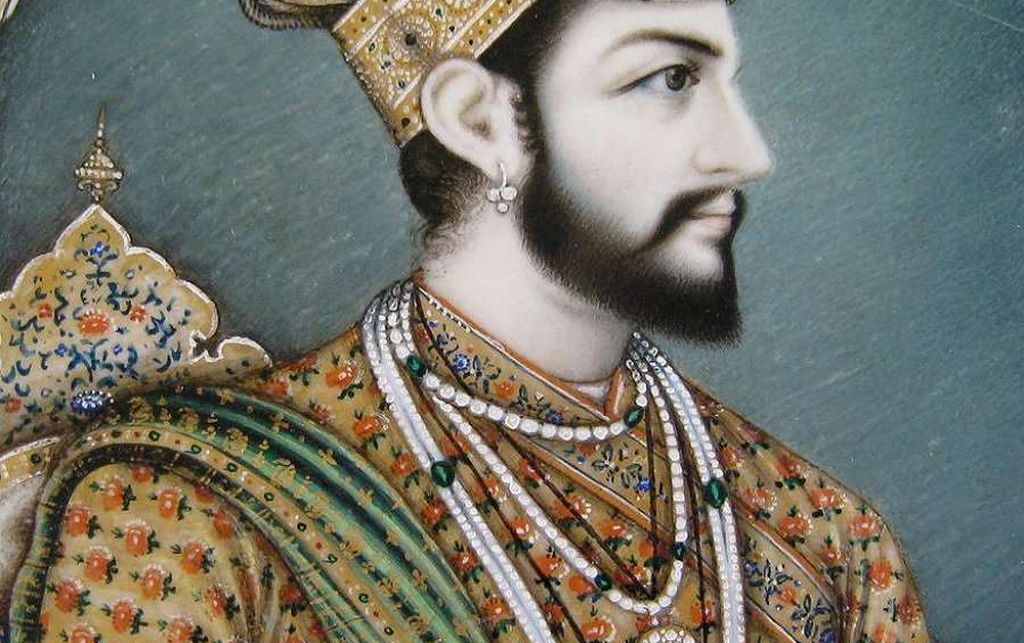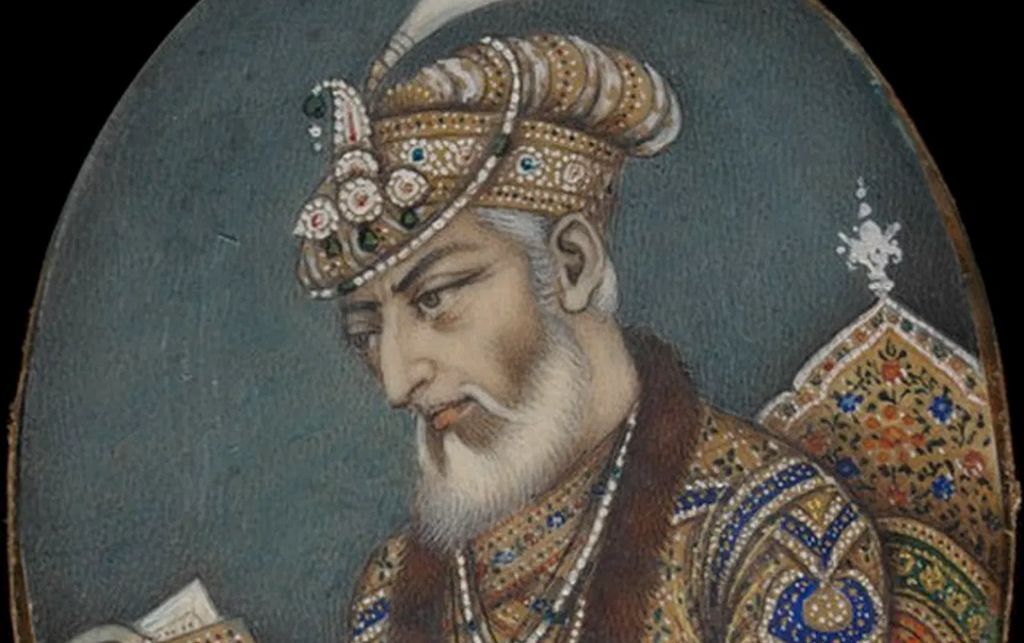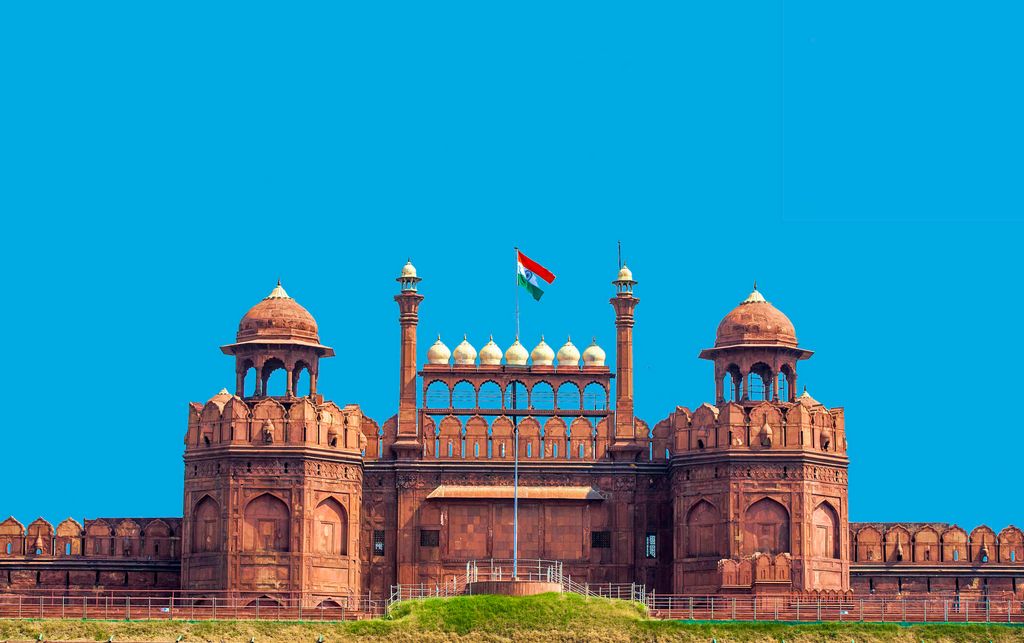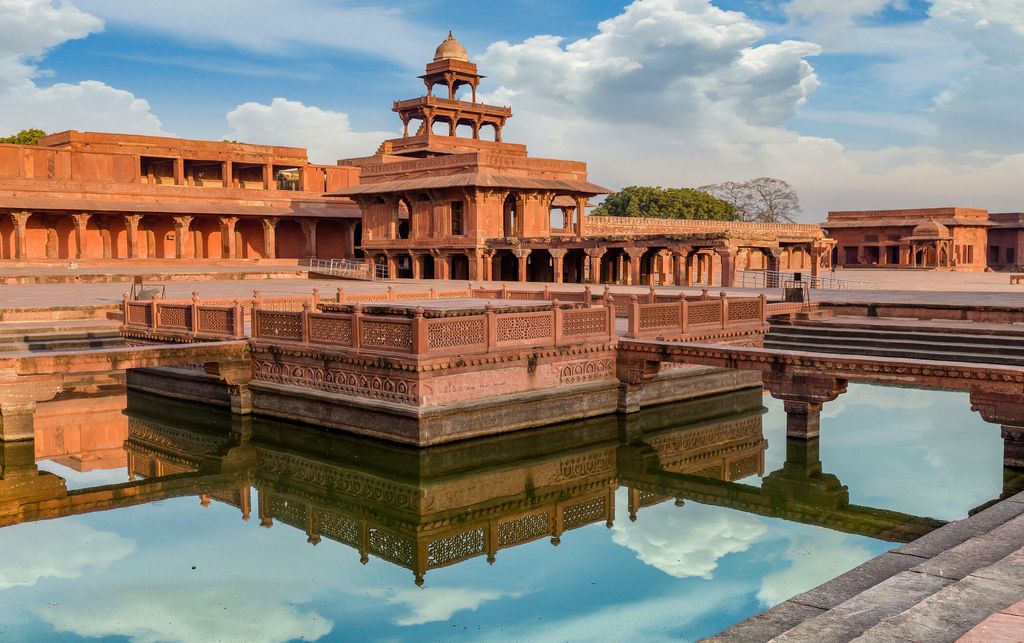Mughal architecture, an opulent and mesmerizing blend of Persian, Islamic, Indian, and Central Asian influences, stands as a testament to an era of artistic brilliance and cultural synthesis. Flourishing from the 16th to the 19th century in the Indian subcontinent under the patronage of the Mughal emperors, this architectural style encompasses an array of iconic structures that continue to captivate the world with their grandeur and intricate beauty. Characterized
by its symmetrical layouts, exquisite ornamentation, and masterful craftsmanship, Mughal architecture represents an unparalleled fusion of diverse elements, leaving an indelible mark on the landscape of history and art. In this article, we delve into the rich tapestry of Mughal architectural marvels, exploring their historical significance, key characteristics, iconic structures, enduring legacy, and the profound influence they wield on the architectural heritage of the world.
Historical Context:
The historical context surrounding Mughal architecture in India is a tapestry woven with cultural, political, and artistic influences that shaped the monumental structures that endure to this day. Emerging during the Mughal Empire’s zenith from the 16th to the 19th century, Mughal architecture was a product of a unique confluence of traditions, ideologies, and innovations.
1. Arrival of the Mughals:
The Mughals, descendants of Central Asian and Mongol conquerors, entered the Indian subcontinent with Babur’s invasion in 1526, culminating in the establishment of the Mughal Empire. Babur, the first Mughal emperor, brought with him not just military prowess but also an appreciation for art, poetry, and architecture.
2. Synthesis of Cultures:
The Mughals’ reign witnessed a remarkable fusion of diverse cultural influences, owing to their Central Asian, Persian, Islamic, and Indian roots. This synthesis gave rise to a distinctive architectural style that incorporated elements from various traditions.
3. Akbar’s Patronage and Innovations:
Emperor Akbar, known for his inclusive policies and cultural patronage, played a pivotal role in fostering Mughal architecture. He established his capital at Fatehpur Sikri, where he commissioned architectural marvels that showcased a blend of Hindu, Persian, and Islamic influences. Akbar’s reign witnessed the construction of structures characterized by grandeur, innovative engineering, and a harmonious amalgamation of styles.
4. Shah Jahan’s Era of Splendor:
Shah Jahan’s reign epitomized the pinnacle of Mughal architectural opulence. Under his patronage, iconic structures like the Taj Mahal, Red Fort, Jama Masjid, and Shah Jahan’s own city, Shahjahanabad (present-day Old Delhi), were built. His architectural endeavors emphasized intricate ornamentation, the use of precious materials, and a meticulous attention to detail, marking an era of unparalleled magnificence.
5. Aurangzeb and Later Period:
Aurangzeb, Shah Jahan’s successor, shifted focus away from grand architectural projects due to financial constraints and his austere personal beliefs. His reign marked a decline in the elaborate construction of monumental buildings, signaling a shift in architectural priorities.
Legacy and Enduring Influence:
Mughal architecture’s legacy endures through the architectural wonders that dot the Indian landscape. Its influence extended beyond the Mughal Empire’s decline, shaping subsequent architectural styles and serving as an inspiration for diverse structures across regions and eras.
Key Characteristics:
Mughal architecture, renowned for its opulence, symmetry, and fusion of diverse influences, exhibits several key characteristics that distinguish it as a remarkable and enduring architectural style. These elements, meticulously incorporated into structures across the Indian subcontinent, collectively define the essence of Mughal architecture:
Integration of Various Influences:
Mughal architecture seamlessly amalgamates elements from Persian, Islamic, Indian, and Central Asian architectural traditions. It showcases a harmonious blend of diverse styles, resulting in a unique synthesis that reflects the multicultural ethos of the Mughal Empire.
Use of Red Sandstone and White Marble:
Red sandstone and white marble stand as the primary building materials in Mughal architecture. The contrast between the robust, earthy red sandstone and the elegant, pristine white marble contributes to the structures’ visual appeal and adds depth to intricate carvings and ornamentation.
Bulbous Domes and Minarets:
Characteristic features of Mughal architecture include bulbous domes and slender minarets. The bulbous domes, inspired by Persian architectural influences, often crown monumental buildings, while the minarets provide an aesthetic balance and serve as architectural focal points.
Symmetrical Layouts and Gardens:
Mughal structures are known for their meticulous symmetry and balanced layouts. Central to many architectural designs are Charbagh-style gardens, divided into quadrants by water channels or pathways, symbolizing paradise on earth. These gardens complement monumental buildings, enhancing their visual appeal and providing serene spaces for reflection.
Intricate Inlay Work:
An outstanding feature of Mughal architecture is the delicate inlay work known as ‘pietra dura.’ Skilled artisans embedded semi-precious stones into marble surfaces, creating breathtaking floral and geometric patterns that adorn walls, ceilings, and floors, showcasing exceptional craftsmanship.
Calligraphy and Ornamentation:
Mughal architecture incorporates intricate calligraphy and ornate decorations. Arabic inscriptions from the Quran, along with floral motifs, geometric patterns, and intricate carvings, embellish surfaces, imparting a sense of spiritual and aesthetic richness to the structures.
Use of Water Features:
Water plays a significant role in Mughal architecture, with fountains, pools, and channels incorporated into the design of gardens and buildings. Water features not only add a soothing element but also serve as reflective surfaces, enhancing the visual allure of the surroundings.
Innovative Engineering:
Mughal architects displayed remarkable engineering skills in constructing massive structures with advanced techniques of arches, vaults, and domes. The Taj Mahal’s innovative use of a double dome structure to ensure structural stability is a testament to their engineering prowess.
Iconic Structures:
1. Taj Mahal, Agra:
The Taj Mahal, an unrivaled jewel in the crown of Mughal architecture, stands as a timeless testament to love, beauty, and architectural finesse. Commissioned by Emperor Shah Jahan in memory of his beloved wife Mumtaz Mahal, this ethereal masterpiece embodies the epitome of Mughal architectural opulence. Constructed predominantly using gleaming white marble sourced from various regions of India and embellished with intricate inlay work of precious stones, the Taj Mahal mesmerizes with its symmetrical design, culminating in a magnificent central dome flanked by four elegant minarets. The main structure sits atop a raised platform, surrounded by immaculate Charbagh-style gardens and a reflecting pool, adding to the ethereal aura of the monument. Its architectural precision, delicate calligraphy adorning the walls with verses from the Quran, and the sheer majesty of its silhouette against the changing hues of the sky, collectively elevate the Taj Mahal to an unparalleled symbol of eternal love and architectural brilliance.
2. Red Fort, Delhi:
Lal Qila, known as the Red Fort, exemplifies the grandeur and architectural finesse of the Mughal era. Commissioned by Emperor Shah Jahan in the 17th century as the seat of Mughal power and residence in Delhi, this colossal structure showcases the hallmark characteristics of Mughal architecture. Constructed primarily using red sandstone, the Red Fort stands imposingly with its massive walls and bastions, symbolizing strength and resilience. Its monumental gateways, including the Lahori Gate and the impressive Delhi Gate, boast intricate carvings and ornate designs that reflect Persian and Indian architectural influences. Within its precincts lie magnificent palaces, courtyards, and pavilions adorned with exquisite marble work, delicate inlay patterns, and captivating motifs. The Diwan-i-Aam (Hall of Public Audience) and the Diwan-i-Khas (Hall of Private Audience) stand as testaments to the emperor’s power and glory, adorned with marble thrones and elaborate decorations. The Lal Qila remains an iconic symbol of Mughal architectural splendor and serves as a poignant reminder of the empire’s rich cultural heritage and grandeur.
3. Fatehpur Sikri, Uttar Pradesh:
Fatehpur Sikri, an architectural marvel situated near Agra, stands as a splendid testament to the brilliance of Mughal architecture. Built during the reign of Emperor Akbar in the late 16th century, this abandoned city showcases a fusion of various architectural styles, blending Hindu, Persian, and Islamic influences. The complex houses notable structures such as the Buland Darwaza, an imposing gateway marking the victory over Gujarat, which stands as a symbol of grandeur and strength. The Jama Masjid, a stunning mosque crafted from red sandstone with intricate carvings and graceful domes, exemplifies the elegance of Mughal architecture. The Panch Mahal, a five-story pavilion with delicately carved pillars, represents architectural innovation and geometric precision. The Diwan-i-Khas (Hall of Private Audience) adorned with splendid columns and the Anup Talao, a musical platform, further showcase the architectural finesse and artistic mastery of the Mughal era. Fatehpur Sikri, with its intricate detailing, amalgamation of cultural influences, and strategic layout, remains a testament to Akbar’s vision and stands as a UNESCO World Heritage Site, captivating visitors with its timeless charm and historical significance.
Legacy and Influence:
Mughal architecture’s enduring legacy extends beyond India. Its influence can be seen in various architectural marvels worldwide, inspiring structures like the Jama Masjid in Delhi, the Badshahi Mosque in Lahore, Pakistan, and the Humayun’s Tomb, which influenced the design of the Taj Mahal.
Tour to Marvels of Mughal Architecture:
Touring the marvels of Mughal architecture unfolds a captivating journey through history and artistic grandeur. To grasp the essence of Mughal architectural opulence, embarking on the golden triangle tour becomes imperative. This comprehensive tour spans Delhi, Agra, and Jaipur, each city housing iconic structures that epitomize the Mughal architectural prowess. As the former seat of Mughal power, Delhi and Agra boast an array of buildings constructed under the influence of this majestic architectural style. The itinerary encompasses visits to the Taj Mahal, Agra Fort, Fatehpur Sikri, Red Fort, Humayun’s Tomb, and Jama Masjid, each a testament to the intricate artistry and majestic grandeur of the Mughal era.
Moreover, beyond the traditional circuit, the Golden Triangle tour presents an array of additional attractions. Apart from exploring the architectural marvels, visitors can immerse themselves in the diverse experiences offered by these destinations. Engage in an Old Delhi food tour to savor the tantalizing flavors of authentic cuisine, opt for cycling tours across the cities, or partake in insightful walking tours. These immersive experiences not only facilitate a deeper understanding of the historical sites but also provide an opportunity to truly absorb the essence and ambiance of these enchanting places. As travelers delve into the architectural legacy, these added attractions add layers of cultural richness and experiential depth to the journey through the marvels of Mughal architecture.
Conclusion:
In conclusion, Mughal architecture in India stands as an awe-inspiring legacy, showcasing a harmonious fusion of artistic brilliance, cultural diversity, and architectural innovation. From the iconic Taj Mahal’s ethereal beauty to the grandeur of the Red Fort’s majestic walls and the intricate splendor of Fatehpur Sikri’s abandoned city, these architectural wonders epitomize the opulence and sophistication of the Mughal era. Characterized by the use of red sandstone, white marble, symmetrical layouts, bulbous domes, intricate inlay work, and a meticulous attention to detail, Mughal architecture continues to captivate the world with its timeless allure. Its enduring influence extends beyond the boundaries of time, shaping not only the architectural landscape of the Indian subcontinent but also leaving an indelible mark on global architectural heritage. As a testament to cultural synthesis and artistic excellence, Mughal architecture remains a source of inspiration, inviting admirers to marvel at the legacy of a bygone era that continues to enchant and enthrall generations.

